The first half of the day's meals weren't too remarkable, aside from adding shredded coconut and sunflower seeds to my mixed fruit at breakfast, and as promised, leftover frittata for lunch - see yesterday's post for the recipe!
Then, working in my office toward the end of a long day, my body was asking for an early dinner (5pm is early for me!). Although my original goal was to do all this Paleo cooking myself, as a busy clinic intern, you often have to adapt. So, the special in our delicious CCNM cafeteria today? 'Gourmet Poutine'; which isn't really poutine at all, but rather a hearty and nutritious dish of roasted yams, sweet potatoes and beets, spinach, mushrooms, onions, salsa, homemade hot sauce, vegan gravy and a side of kale salad - I can feel my salivary glands perking up at the sheer memory of it!
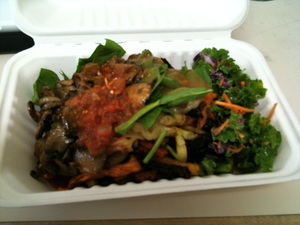 'Gourmet Poutine' - in a box!
'Gourmet Poutine' - in a box! 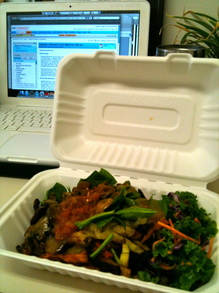
Until next time, stay tuned for the next chapter in my cavewoman adventure!
--
Sources:
http://www.whfoods.com/genpage.php?tname=foodspice&dbid=49
http://www.drweil.com/drw/u/RCP00221/roasted-root-vegetables.html

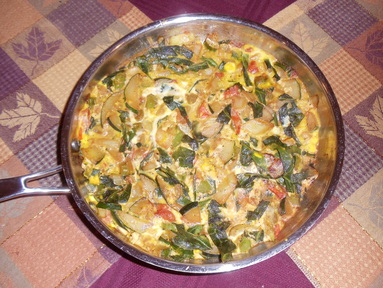
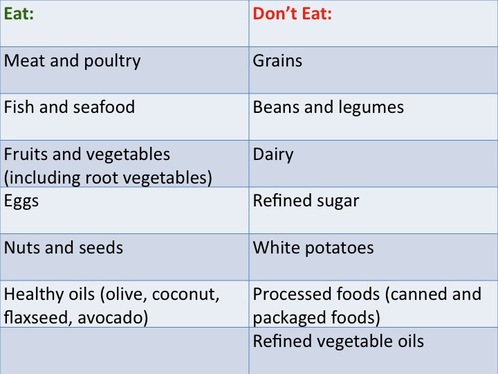
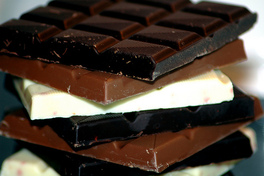
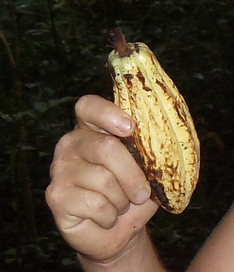
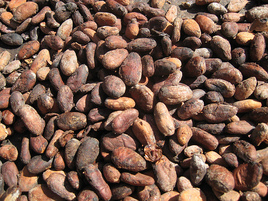
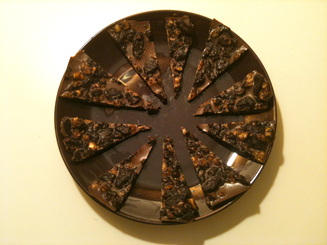

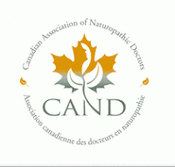
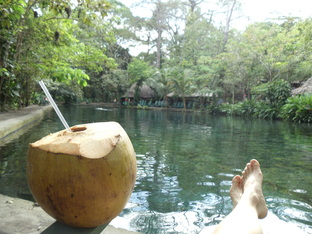
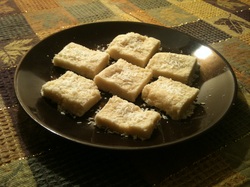
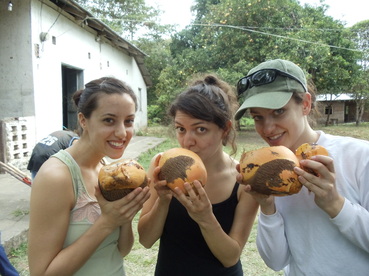


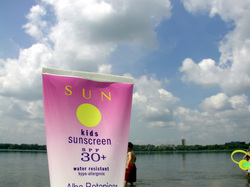
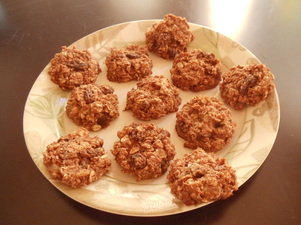
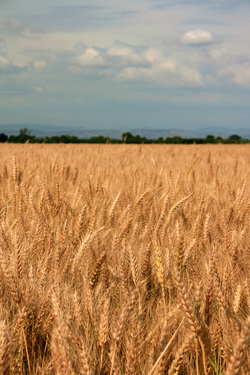
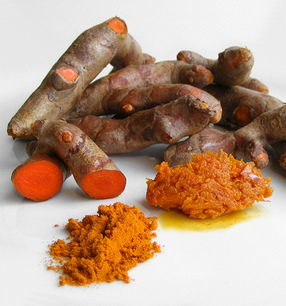
 RSS Feed
RSS Feed